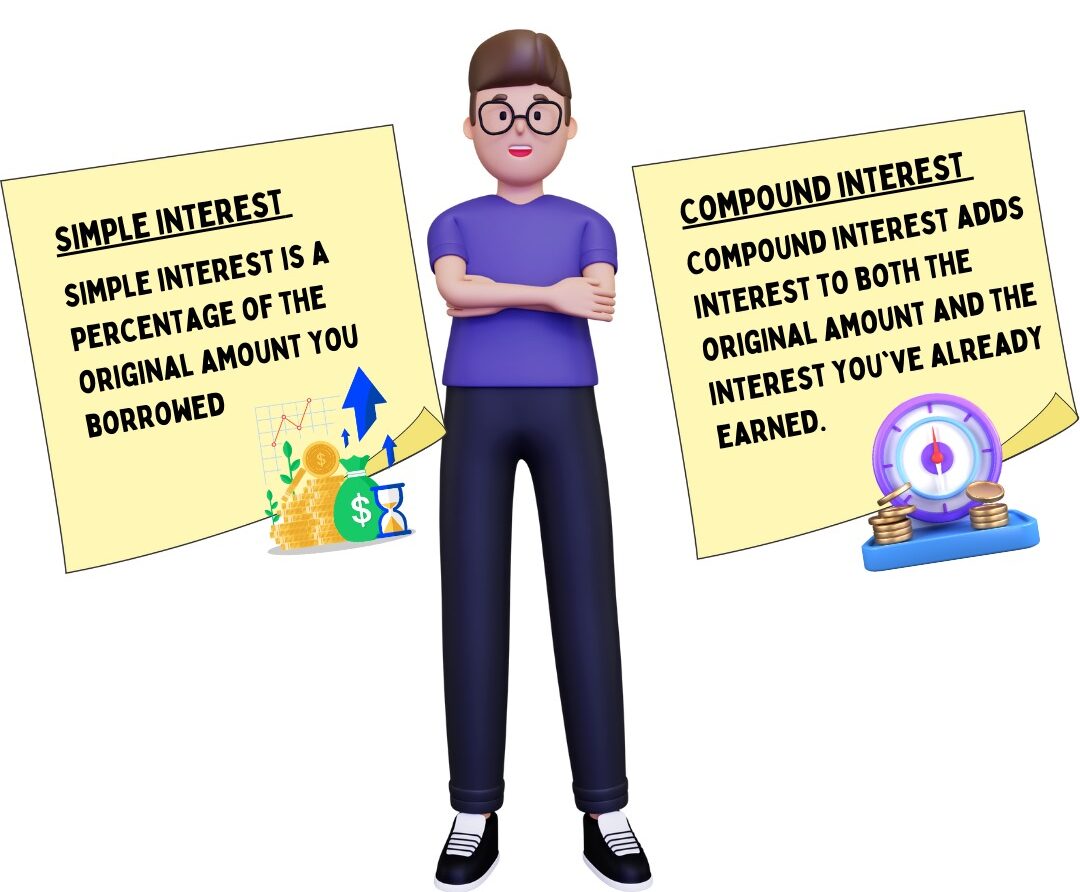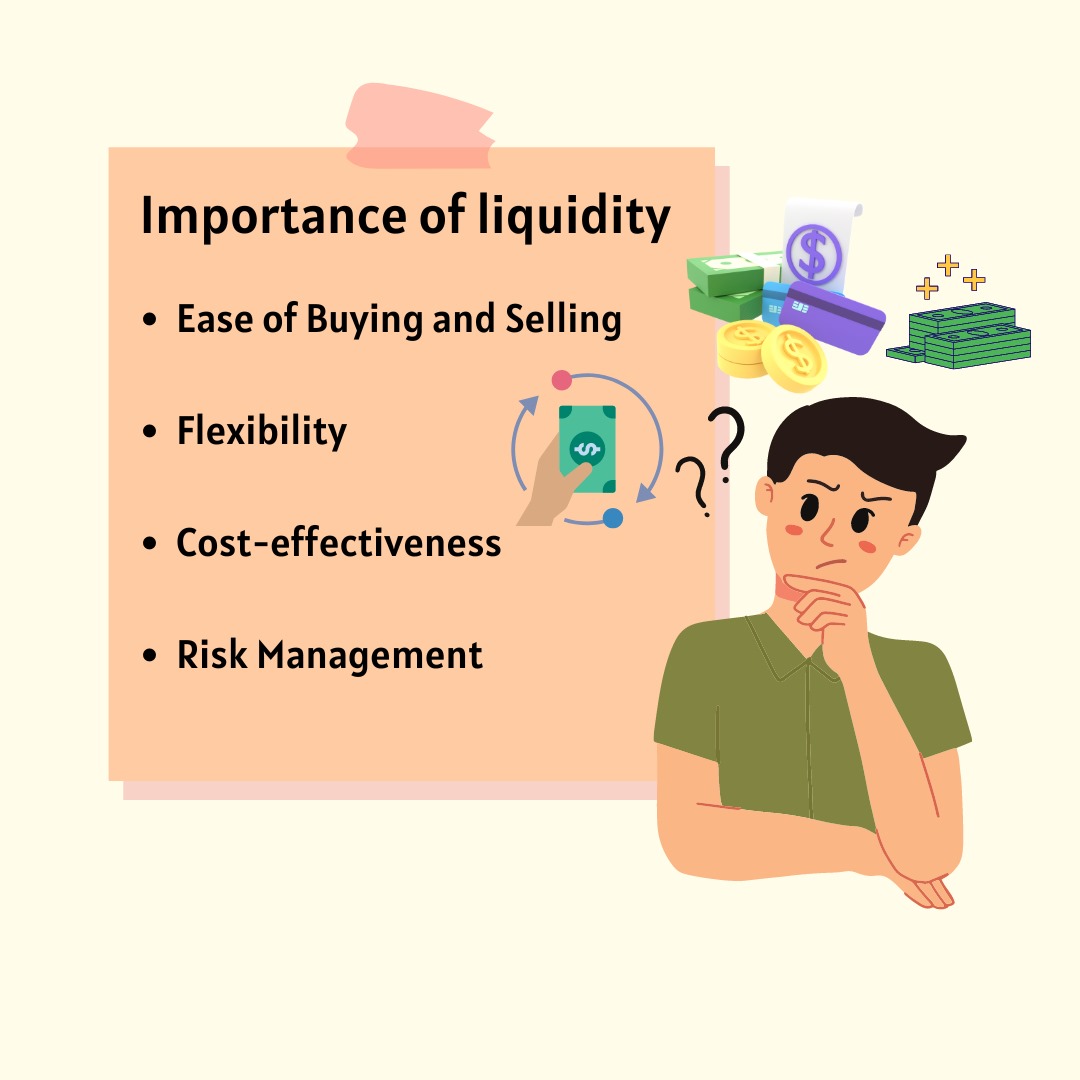What is Interest Rate?: Comparison With Compound Interest, Risks Involved, and Opportunities

“Interest rate” is a term that’s so commonplace in the finance world, that it would almost be a mistake not knowing what it is. And, no, we are not exaggerating. As you transact more and more in the real world – especially in terms of borrowing and lending – you’ll have to deal with this term all the time!
To help you have a holistic understanding of what interest rates are, we have covered what is interest rate, simple vs compound interest,
What is Interest Rate?
Think of it like this: interest rates are like the price tags of borrowing and saving money. They affect how much you pay when you borrow and how much you earn when you save.
When you borrow money—for a house, car, or anything else—the interest rate is the extra amount you have to pay back on top of what you borrowed. If you’re considered trustworthy by the lender, your interest rate will be lower. If you’re seen as risky, it’ll be higher. Now you need to be aware of the two types of interests.
Simple vs. Compound Interest
Interest can be simple or compound. Simple interest is a percentage of the original amount you borrowed. Compound interest, on the other hand, adds interest to both the original amount and the interest you’ve already earned. It can make borrowing or saving more expensive over time.
But, what’s interesting about compound interest is that it compounds!
Compound Interest’s Snowball Effect
Compound interest can be formidable. It not only accrues on the principal but also on previous interest. Over time, it can lead to substantial interest costs. For instance, after 30 years on a $300,000 loan at 4%, you’d owe almost $700,000 in interest.
Now let’s look at what influences your interest rate.
Borrower’s Risk and Credit Scores
Your interest rate is influenced by how risky lenders perceive you to be. If you’re seen as low risk, you’ll likely be charged a lower interest rate.
In the same way, if you’re a high-risk borrower, you’ll face higher interest rates. One of the factors lenders use to assess risk is your credit score, emphasising the importance of maintaining a good one for favourable loan terms.
The length of a loan matters. Longer loans are riskier for lenders, resulting in higher interest rates. Additionally, they tie up the borrowed funds for a more extended period, increasing the opportunity cost.
Now let’s look at what the relationship of bonds is with interest rates.
Bonds and Their Relationship with Interest Rates
In the world of bonds, interest rates play a pivotal role. When prevailing interest rates rise, the value of existing bonds falls, and vice versa. This inverse relationship between bond prices and interest rates is essential for bond investors to understand.
Interest rates are far more than just numbers on a loan agreement or a bank statement. They shape our financial choices, impact economic trends, and can even have social implications. By understanding the mechanics of interest rates, you can make informed decisions that benefit your financial well-being.
With the right understanding of interest rates, you will be able to navigate the financial landscape better. Not only will you have an edge, you might even end up making some extra cash with interest.
To gain an edge over all-things-finances, follow Newscanvass for useful guides.







